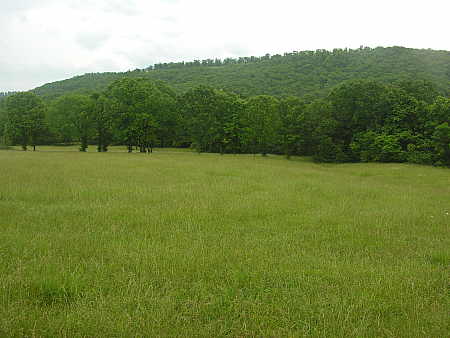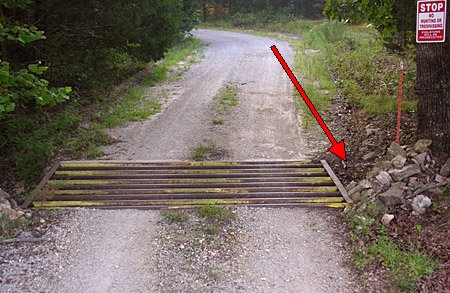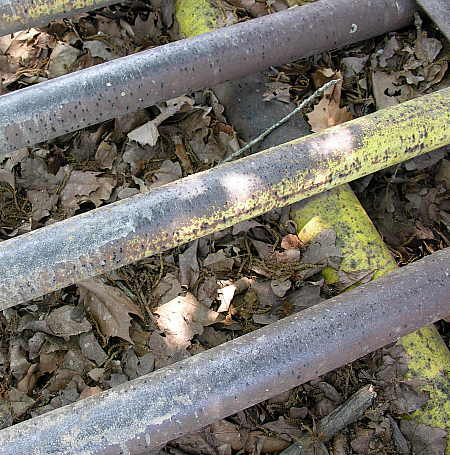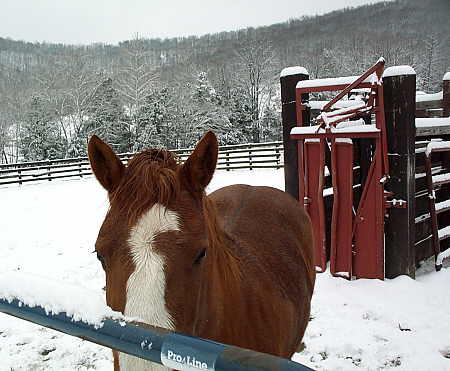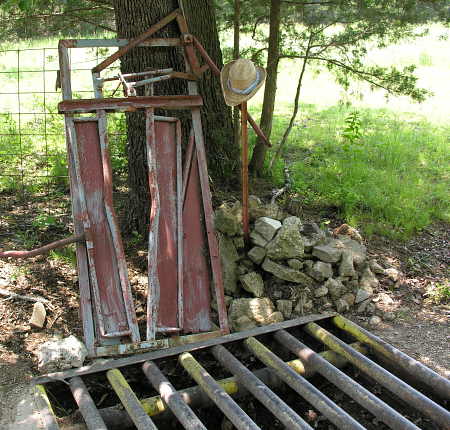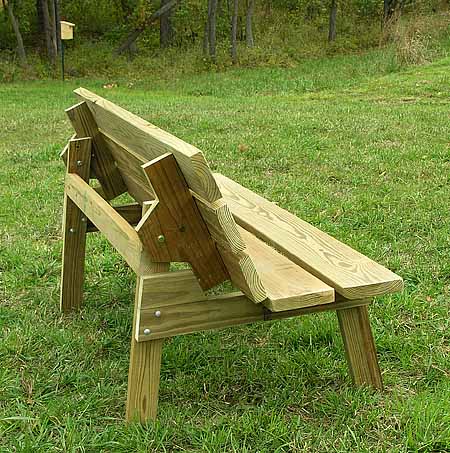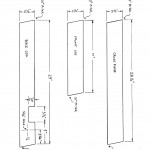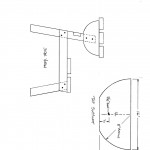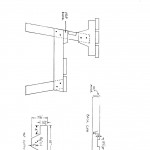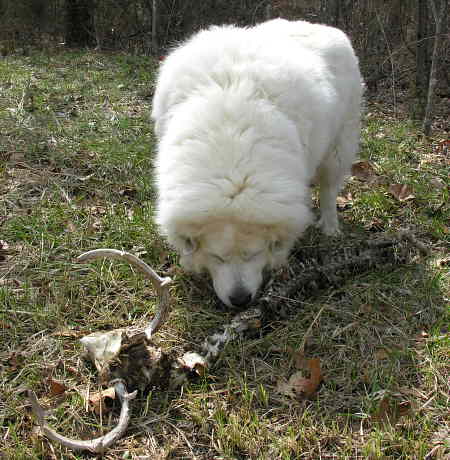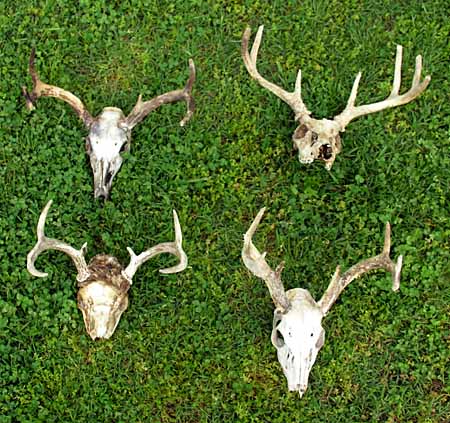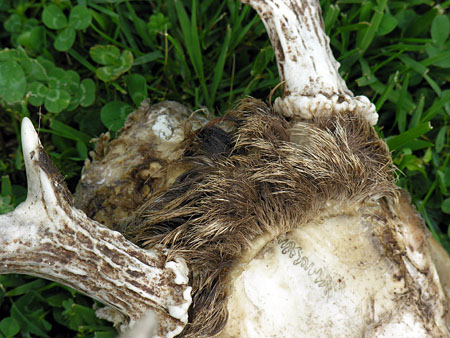It’s the time of the season for our neighbor to start baling our hay. As you can see, the fields are lush and green this time of year. And very tempting for the cattle grazing in adjacent pastures. You may recall a post entitled Invasion of the Corn Snatchers from last year, wherein I recounted the destruction of one of our wildlife feeders by a marauding herd of hungry cattle that breached our fencing.
When we find neighboring cattle on our land, it can usually be traced to a failure of the barbed wire fencing which surrounds the property. The black line on the topographic map above depicts 2.25 miles of barbed wire fencing that separates our property from the land of neighbors who run cattle. Fallen trees or old, brittle fence wire usually account for the intrusions.
Yesterday, we had a different problem. A few cattle were roaming along our entry road, but there were no breaks in the fencing. How were they getting in?
This photo shows the (not so) Grand Entrance to our property. It is a county road, protected by a pipe cattle guard. The red arrow that I have added to the photo points to the corner of the cattle guard that neighboring cattle were jumping over in order to reach our tempting hay fields. There clearly needed to be an obstruction added to this side of the cattle guard, to prevent the cattle from hopping the guard with impunity.
Additionally, when I inspected the guard itself, I noticed that years of accumulated leaves and debris clogged the underside of the guard. The cattle guard is supposed to present itself as a deep, dark, mysterious place to the cattle that make an approach. The buildup of debris under the guard spoils the effect, and the cattle are no longer spooked by the device. It needed cleaning, pronto!
With shovels and rakes, and after much sweat and toil on the part of Retta and myself, the job of clearing out the underside of the cattle guard was finally completed. Now, to address the problem of insufficient side barriers. What could we use to block the side of the cattle guard?
Here is a photograph taken 7 years ago in our paddock area, back in the time when we still had a cattle squeeze chute installed. Notice at the front of the chute there is a red head gate in place. The head gate is used to hold the head of the cow still, thus immobilizing the animal (usually for veterinary work).  When we removed the squeeze chute from the paddock, we retained the old head gate, just in case we needed it for something in the future (you just never know when a cattle head gate will come in handy)!
Well, the head gate finally came in handy! By propping it up against the tree, we have eliminated the easy path that the neighboring cattle had used to hop across the cattle guard. Notice, also, how the underside of the guard is empty and clean – and once again spooky to the cattle.
It isn’t a pretty solution, but it does have a rustic, yard-art type of feel to it, especially knowing that it was once a necessary piece of equipment used here at the ranch.


